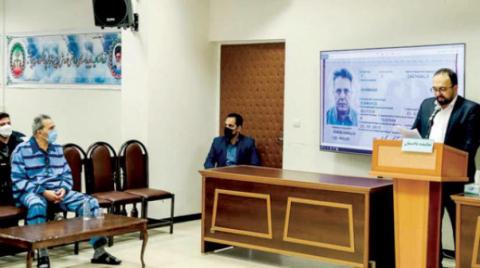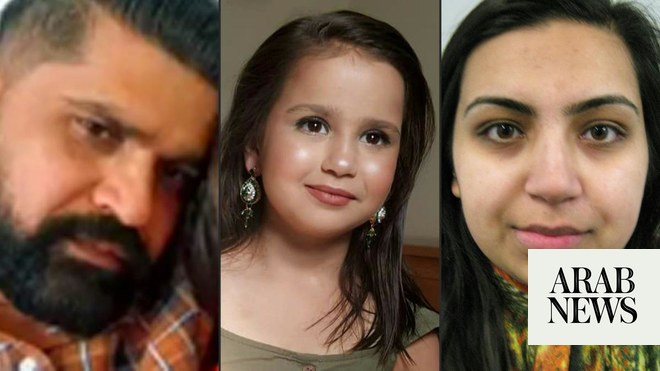
The mother of a 16-year-old Iranian girl, Nika Shakarami, who died during protests that continue to sweep the country, has rejected official claims that her death was caused by falling from a building and insisted she was beaten to death by regime forces.
Nasreen Shakarami said authorities refused to notify the family about her daughter’s death for 10 days and then removed Nika from the morgue, burying her in a remote village without the family’s consent. Her mother says records of Nika’s death show her skull was severely damaged and her injuries were consistent with being struck repeatedly on her head.
The death of the young student has emerged as another icon of a protest movement that is now entering its fourth week and is seen as the biggest challenge to the Iranian regime’s authority in at least 13 years. Iran’s leaders have attempted to characterise the protests as a foreign plot, and a separatist push by a Kurdish minority. However, a groundswell of people from all walks of life continues to fuel a movement that is drawn from widespread social grievance.
Meanwhile, another teenage girl was reported to have been killed by security forces. Sarina Esmailzadeh, a 16-year-old who posted vlogs on YouTube, was reportedly killed when security forces beat her with batons at a protest in Gohardasht in Alborz province on 23 September, according to Amnesty International.
Demonstrations across the country are centred on women’s rights, in particular demands to eschew the hijab, which the theocratic regime enforces as mandatory.
“The protests are the continuation of a century-long desire and struggle for change and improvement in Iran,” said Dr Allan Hassaniyan, from the University of Exeter’s Arabic and Islamic Studies centre. “It is too early to call them truly nationwide, but they are certainly widespread. Whatever happens next, the uprisings have already redefined the state-society relationship in Iran and have shaken the Islamic Republic to its core.”
Hassaniyan said the movement marked the first time since the Islamic Revolution in 1979 that communities in the central regions of Iran had expressed solidarity with protest leaders who were campaigning against the state.
Protests started in Kurdish regions of Iran after the death of 22-year-old Mahsa Amini in the custody of Iran’s feared morality police who had detained her for being in violation of the dress code for women.
However, they quickly spread to other parts of the country, including the capital. Nearly one month on, the movement has galvanised women in many towns, cities, and even villages, where momentum shows little sign of slowing and defiance of social norms shows signs of increasing.
Students have been at the forefront of demonstrations and men have also expressed solidarity. “Gender struggles have proved to be an important unifying dynamic,” said Hassaniyan. “The fact that this movement has followed the lead of Kurdish demonstrators is an important sign that new forms of solidarity are developing.”
Defying officials, Nika’s bereaved mother spoke to a Persian language service, Radio Farda, rejecting official attempts to frame her daughter’s death as an accident. She said forensic reports had shown that her body was intact, but bones in her teeth and the back of her skull were broken and some teeth were missing. “The damage was to her head,” she said. “Her body was intact, arms and legs.”
Iran’s state news agency also claimed on Friday that a coroner’s report into Amini’s death showed she had suffered multiple organ failure from cerebral hypoxia – a condition caused by lack of oxygen to the brain.
Human rights groups have roundly condemned Iranian authorities for the ongoing crackdown. Amnesty International says many dozens of people have been killed across the country, claiming that 66 demonstrators were killed in one day in the city of Zahedan. Human Rights Watch has also accused the government of being quick to “crush dissent with cruel disregard for life”.
“The security forces’ widespread shooting of protesters only serves to fuel anger against a corrupt and autocratic government,” said Tara Sepehri Far, the organisation’s senior Iran researcher.
Despite the growing demonstrations, there has been no sign of splintering among the ranks of Iran’s vast security state. Over 43 years, the Revolutionary Guards have consolidated a ruthless hold on social and cultural mores, and have shown no sign of yielding to dissent of any kind.












